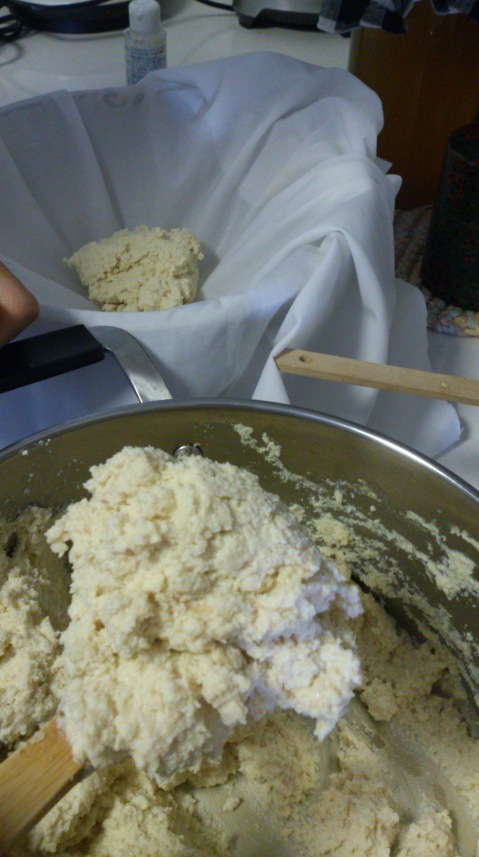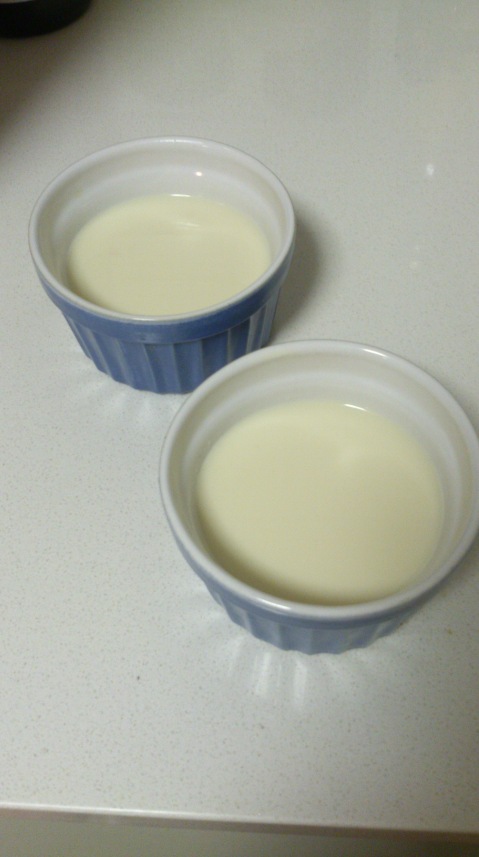
I’ve written about mabo dofu (that is, spicy tofu, also transliterated as mapo doufu) before, because it’s so darn tasty. The origins are Szechwanese, but it’s a very popular dish in Japan.
This version was extra-special, though, based on a recipe that Yusuke happened upon recently. Traditional mabo dofu is supposed to have ground pork, or possibly ground beef, but that just ruins everything. This is a lovely vegan* version of the classic dish, with mushrooms and natto instead of dead animals. Yes, natto: those slippery, pungent fermented soybeans. Along with the mushrooms, they provided a perfect texture and layering of umami.
Yusuke pretty much followed his usual recipe (quantities are approximate):
- 1/4 tsp minced ginger
- 1/4 tsp minced garlic
- 1 tbsp chili bean sauce (a.k.a. tobanjan)
- 1 tbsp sweet bean sauce (a.k.a. tenmenjan)
- Broth*, around 250 mL
- 1 tbsp sesame oil
- 2 tbsp katakuriko (Japanese potato starch), dissolved in 2 tbsp of water
- Green onions, thinly sliced or chopped
- 2 packages of silken tofu, cut into cubes
- Lots of mushrooms, chopped
- 2 packages of frozen natto
- Splash of soy sauce
- Splash of rice wine vinegar
- Saute ginger and garlic in sesame oil
- Add tenmenjan and tobanjan and stir
- Add mushrooms
- After mushrooms begin to cook, add natto and mix
- Add broth, tofu (gently), and green onions and continue to stir
- Add a tiny bit of vinegar and soy sauce
- Drizzle in the katakuriko mix
- Eat with plain rice (and miso soup and salad)
Lovely, filling texture and awesomely spicy taste.
*Yusuke used chicken stock, but veggie broth is fine, as is dashi stock.














